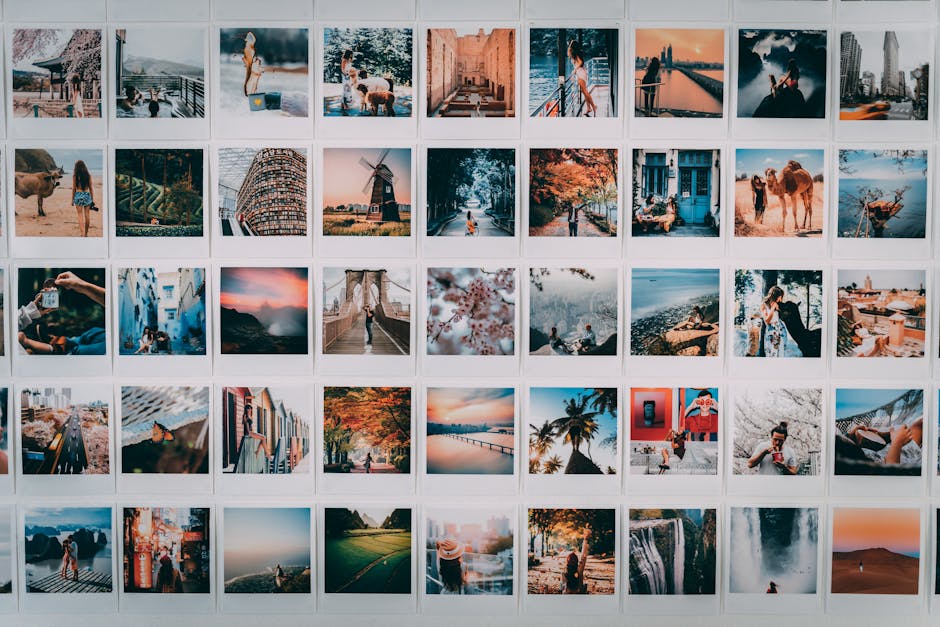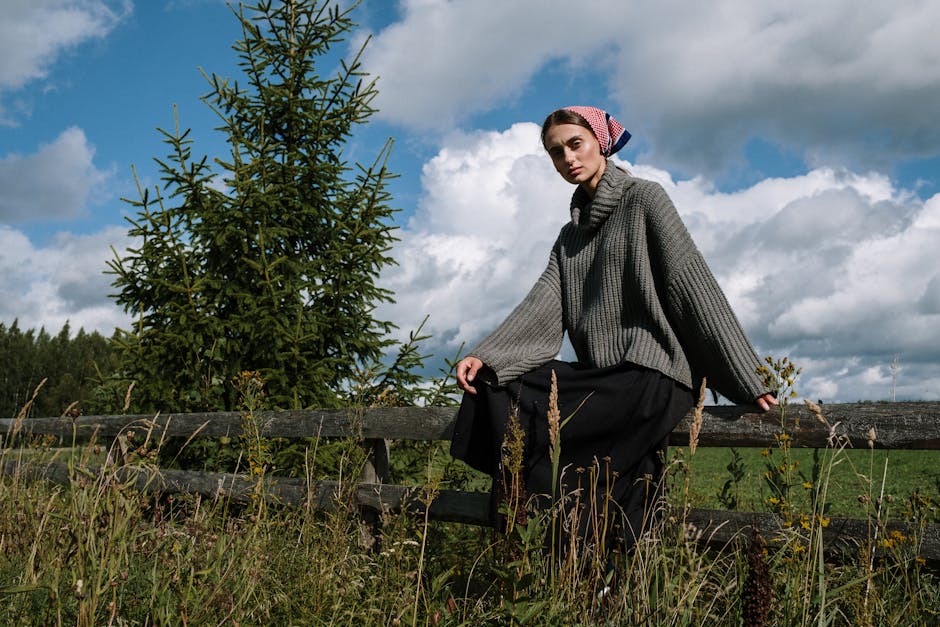How to Create Engaging Photo Essays from Your Travels
Creating a photo essay from your travels can be one of the most rewarding ways to share your experiences. It allows you to not only document the places you've visited but also to tell a compelling story through visuals. When done right, a photo essay can captivate an audience, offering them a window into a moment in time. The challenge, Lies in making these essays engaging and meaningful. Photos alone don’t always carry the entire narrative, they need context, structure, and intentionality to truly resonate with viewers.

Planning Your Photo Essay
The first step in crafting an engaging travel photo essay is thoughtful planning. This goes beyond just taking pictures as you explore a destination. You need to think ahead about the story you want to tell and how your photos will contribute to it. For example, are you documenting a day in the life of a local market? Or perhaps you're focusing on the architecture of a historical city? Defining your narrative early on will help guide your shot selection.
It's also important to familiarize yourself with the location before arriving. Researching key points of interest, cultural norms, and even popular times to visit certain areas can give you an edge in capturing moments that feel authentic rather than staged. By understanding the environment, you'll be better equipped to anticipate meaningful shots that tie into your overarching theme.
Beyond this, consider how many photos you'll need to convey your message effectively. A general rule is that fewer, carefully selected images tend to have more impact than an overwhelming number of random pictures. A well-curated set will leave room for viewers to appreciate each image rather than becoming overwhelmed by too many visuals.
Composing Compelling Shots
The composition of your shots plays a huge role in how engaging your photo essay will be. For travel photography, there's often the temptation to capture everything in sight, but less is often more when it comes to creating a cohesive narrative. Focus on framing subjects intentionally and using techniques like leading lines or the rule of thirds to guide the viewer’s eye through your images.
Lighting is another critical factor when composing shots. Natural light can significantly enhance your photos, especially during "golden hour," which occurs shortly after sunrise or before sunset. During this time, the soft lighting adds warmth and texture to your images, making them more visually appealing.
When composing human subjects, always aim for candid moments over posed ones. Authentic expressions and actions can evoke emotions more effectively than staged photos. For example, capturing a vendor in mid-conversation at a bustling market or photographing children playing by the seaside creates scenes that resonate deeply with viewers.
Organizing Your Photo Essay

Once you've captured your images, it's time to organize them into a cohesive story. While each photo should stand strong on its own merit, together they should collectively build upon each other, like chapters in a book. Start by selecting your strongest images and think about their sequence.
- Introduction: This can be an establishing shot that sets the scene for where the story takes place, such as an aerial view of a town square or a wide-angle shot showing landscapes.
- Middle: These are the action shots that form the core narrative, images showing interactions between people or detailed shots of specific locations.
- : Close with something reflective or symbolic, a sunset over the area you’ve been covering or someone walking away from the camera could represent closure.
Avoid cluttering your essay with too many similar images; instead, let each photo reveal something new or provide a different perspective on familiar subjects. The key is variety without losing focus on the central theme.
Telling Stories with Captions
A great photo essay isn't just about beautiful images, it’s also about context. Captions play an essential role in filling in any gaps or providing additional layers of meaning that may not be immediately clear from looking at an image alone. While some photos speak for themselves and require minimal explanation, others may benefit from short captions that provide cultural insights or personal reflections.
Aim for concise yet informative captions that add value without overshadowing the visual impact of your photos. For instance, if you've taken a picture of local artisans crafting pottery in Morocco’s Fez medina, explain briefly how this tradition has been passed down through generations and what makes it unique today.
| Photo Type | Purpose | Example |
|---|---|---|
| Establishing Shot | Introduces setting or location | A wide shot of city streets or landscapes |
| Detail Shot | Focuses on smaller elements within the scene | An image showing food being prepared at a market stall |
| Action Shot | Catches people interacting with their environment | A street performer entertaining locals |
| Closing Shot | Sums up or reflects on the story theme | A distant figure walking away from camera at sunset |
This combination of visual storytelling and written context can create an emotional connection between your audience and your subject matter. Readers feel like they’re walking alongside you as you explore new places and cultures.
Photo Essays from Your Travels
A successful travel photo essay doesn’t require expensive equipment or exotic destinations; it requires thoughtfulness and intention behind each shot you take and how you choose to present them as part of a larger narrative. Whether you're photographing bustling street markets in Southeast Asia or serene mountain landscapes in Europe, always remember that storytelling is key.
The world is full of remarkable stories waiting to be told through photography, yours included! Take time not only behind the lens but also when curating and editing your final selection of photos. You'll find that it's often those small moments captured through careful planning and genuine curiosity about new places that leave lasting impressions on both you and those who view your work.
The next time you set off on an adventure with camera in hand, think about how these images might come together into something more than just snapshots. Consider what stories you're telling (about people, places, culture) and how those stories can inspire others who may never have been there themselves but feel like they have because they've experienced it through your eyes.